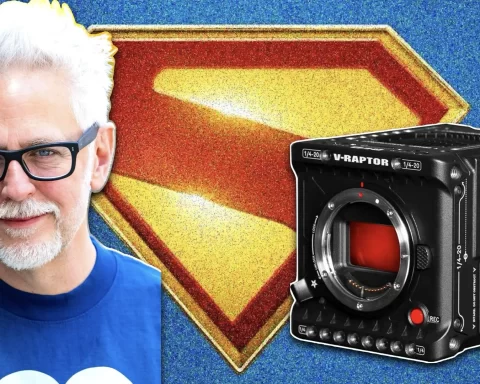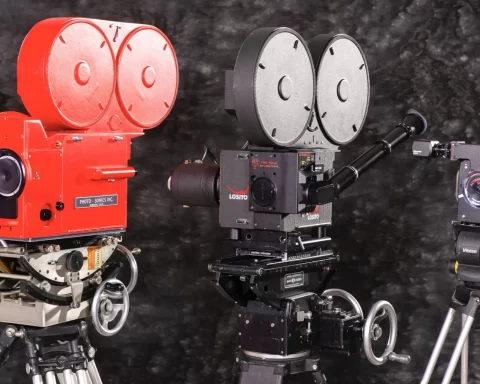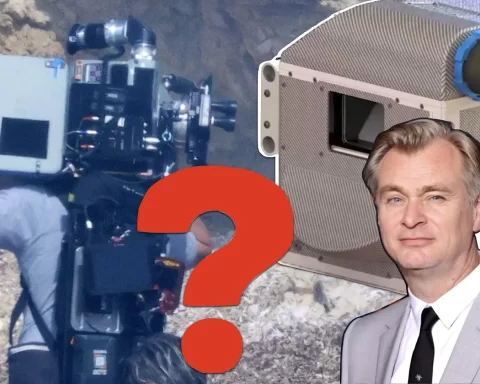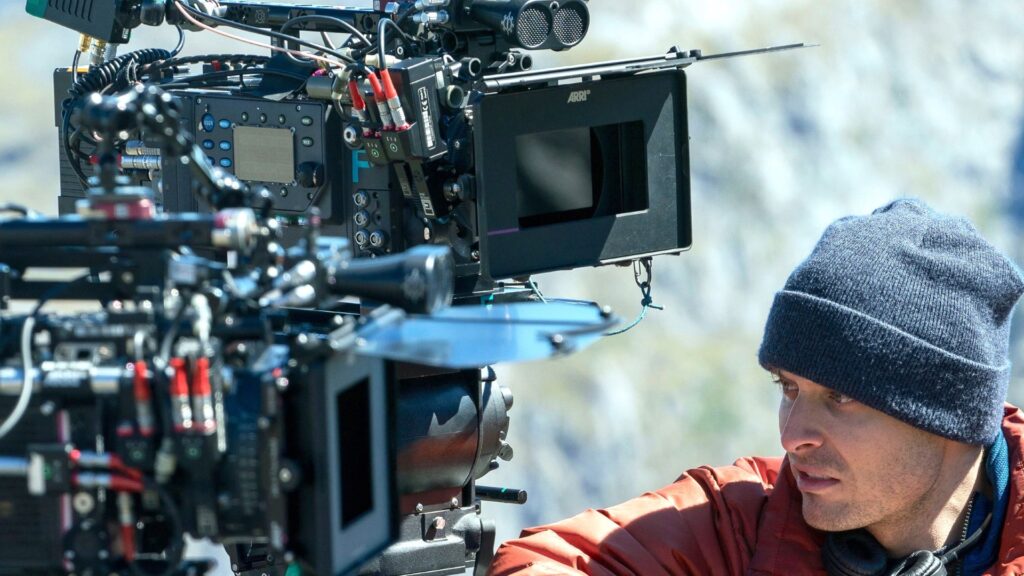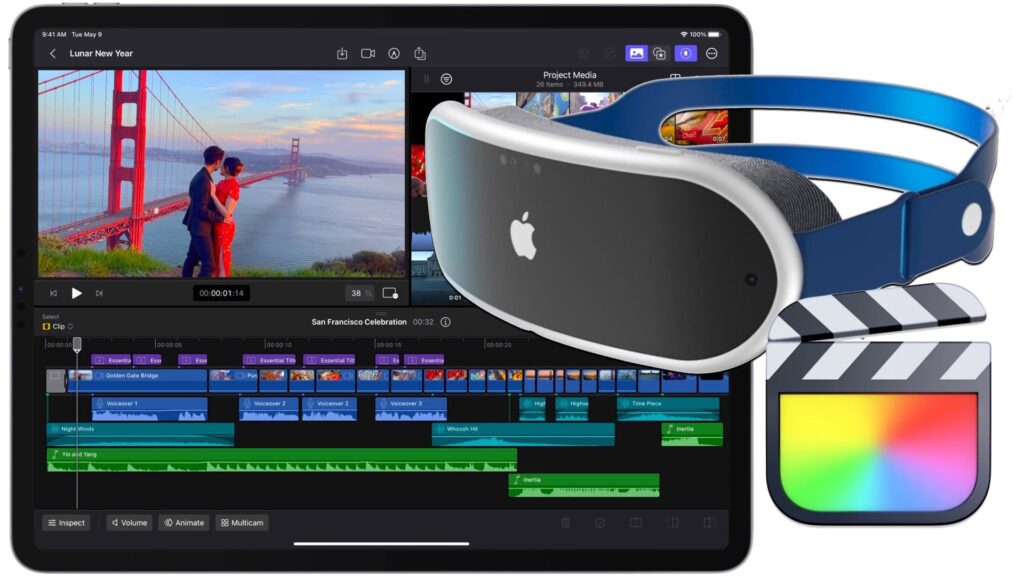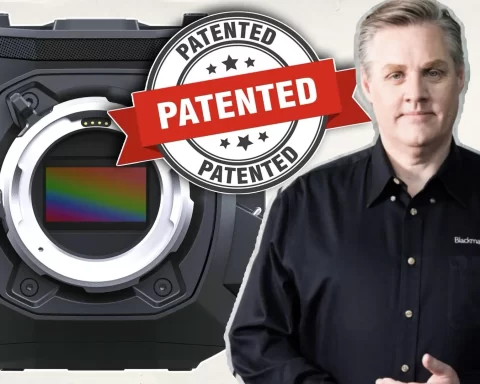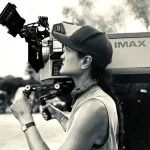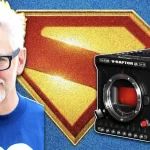An educational gem was discovered in the World Wide Web. We found The 15/70 Filmmaker’s Manual written in 1999. However, many of its topics are super relevant today and essential for those who are keen to shoot with IMAX cameras. Read this before diving into the 15/70 ultra-complicated adventure.
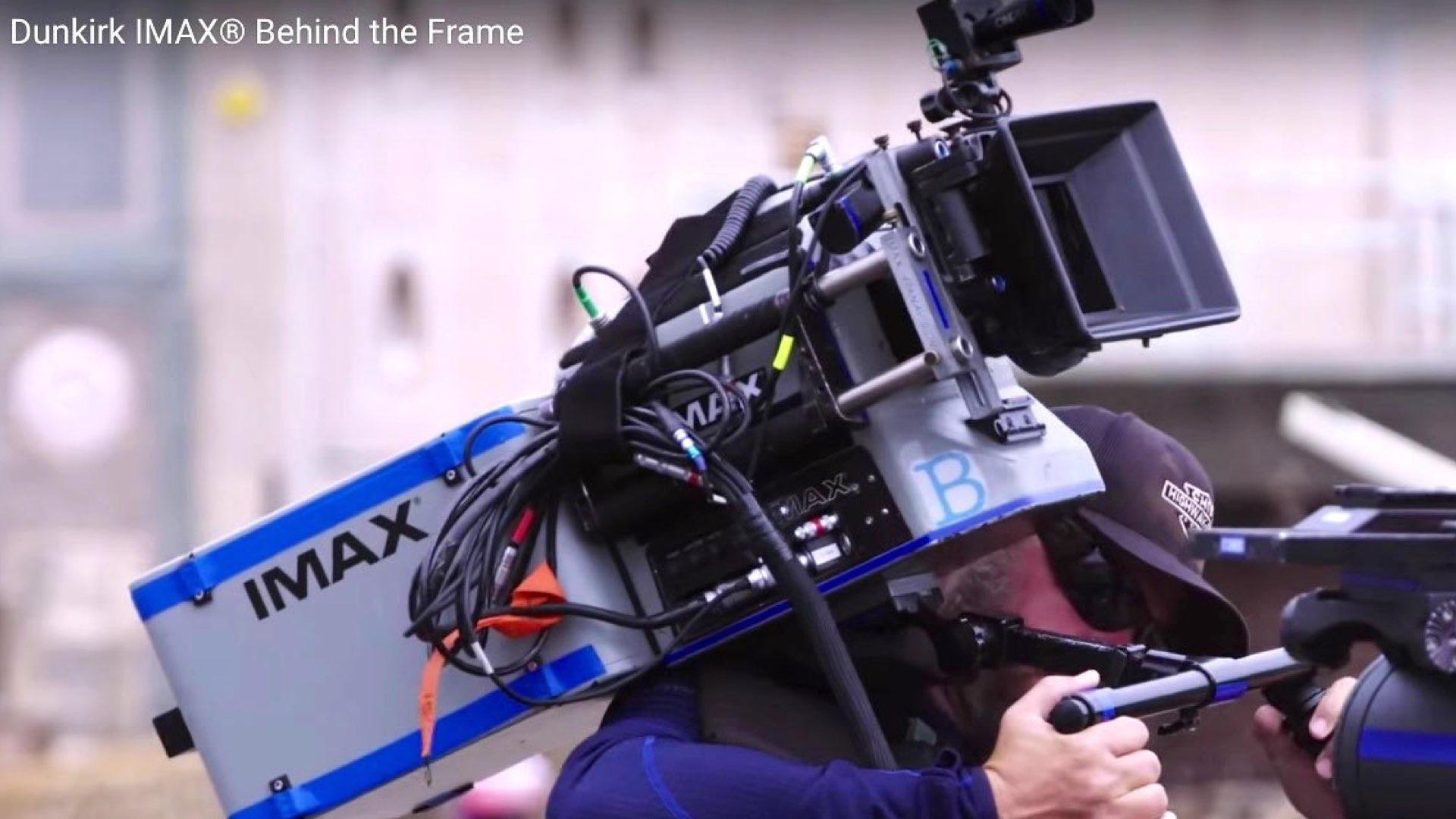
Expanding IMAX’s options
The manual was published for those who dare to shoot the mighty 15/70 format. As stated back in 1999 by IMAX: “Each year, IMAX Corp. receives numerous inquiries from producers and directors who are experienced in 35mm or video production, and who are now interested in producing a 15/70 project. They’re usually attracted by the extraordinary image quality that IMAX technology affords and perhaps have a project in mind they believe would both succeed artistically and appeal to the 15/70 exhibition network”. Please note that this statement was written in 1999. From then, filmmakers have much more options to shoot for the huge canvas (IMAX theater). In fact, this is the main reason the “Filmed for IMAX” program was established, by granting ‘IMAX certification’ for more high-resolution high-end cinema cameras. Hence, a director of photography can shoot an IMAX film even without the need for a real IMAX film camera (15/70).
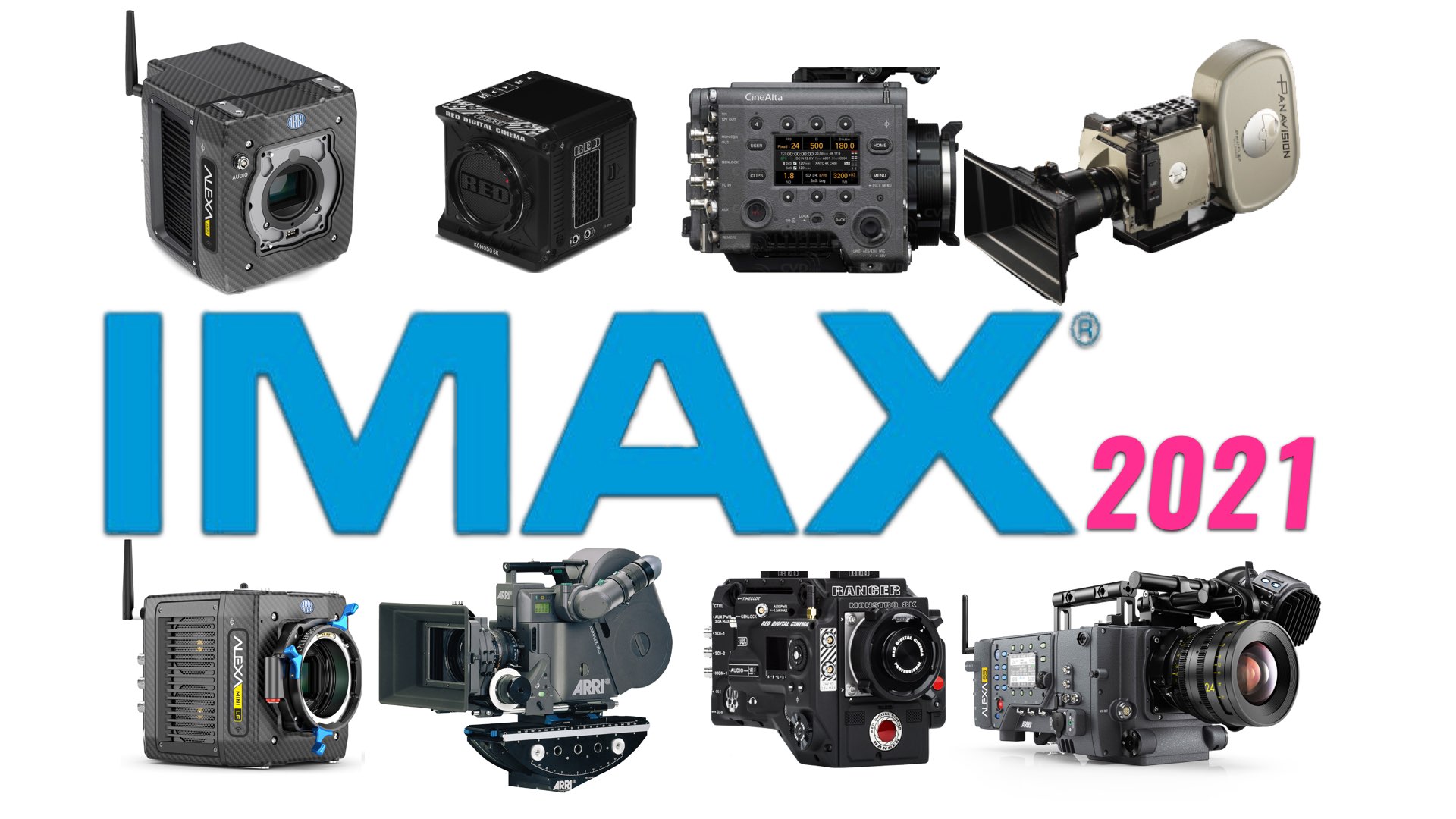
Of course, IMAX dictates the correct methodology for shooting those films. Nevertheless, there’s nothing like shooting a real IMAX movie on a real IMAX camera (defined as ‘Filmed in IMAX Film Camera). For instance, explore the end of the Oppenheimer trailer. The last slide states: “Filmed in IMAX Film Cameras”. Of course, Christopher Nolan has been only using the huge and cumbersome 15/70 machines.

Furthermore, in order to expand the options of more 17/50 cameras, IMAX will introduce by the end of this year (2023) a new fleet of 2nd generation of IMAX film cameras (about 4 units), that are quieter, and more user-friendly. That will allow more directors to use those might cameras in productions. Anyway, IMAX made the 15/70 FIlmmaker’s Manual in order to clarify, educate, and inform, filmmakers who are considering shooting for 70mm projection with IMAX film cameras. Below you can explore the highlight of the guide.

A few things you need to know about the 15/70 film format
As stated by the guide: “The vast amount of information in a 15/70 film frame creates unique challenges for filmmakers. Here are some of the ways 15/70 filmmaking differs from smaller formats”:
- It’s unforgiving. Just as 15/70 technology magnifies the power of a good shot, it exaggerates flaws. You can’t cheat on backgrounds, costumes, or make mistakes as you can in other formats. Something even a little bit out of focus looks really terrible.
- It’s expensive. (Not since you were at film school will the cost of stock have had such an impact on your budget.) You will shoot fewer takes. Raw stock is like gold. Stock, processing, and postproduction are complex and costly.
- Everything is bigger and heavier, which imposes logistical burdens on the crew. A 2D IMAX camera weighs from 45-95 pounds, 275 pounds if you use a blimp. That means if wildlife shows up, you can’t grab a camera and follow it as you can with video or 16mm. The 3D IMAX camera is the size of a hotel mini-bar refrigerator and weighs 230 pounds.
- It has a different pace, both production and editing. Don’t expect to get as many take and set-ups in a day as you’re used to. Shots are usually held longer to allow audiences to absorb the information on the screen, and every shot needs to be spectacular.
- It’s time-consuming. Most things take more set-up or execution time than 35mm or video because everything has to be perfect. The equipment is more cumbersome, the soundtracks are much more complex and the lenses require more light.
- If you’re shooting IMAX 3D, many of the complexities increase cost, time to reload the camera, staffing requirements, lighting equipment, overall set-up time, etc. Most important is the amount of care taken to compose each shot. Extra time is required to ensure that lens convergence is properly set to avoid eye strain.
In one sentence: IMAX cameras demand discipline. You will definitely be getting superb imagery, but with a price..a very heavy price. So think twice if you want to shoot 15/70.

Multiple the production costs
There’s an intriguing angle in the guide about the elevated production costs when shooting with IMAX film cameras, As stated: “You will need to budget for sturdy camera support equipment: big cranes, beefy dollies, rugged camera heads, all built to move the camera smoothly and withstand the increased vibrations from the larger than usual camera motors. Lighting and its associated costs are higher in 15/70 filmmaking than in smaller formats. Lenses with wider fields of view require more lights, lights will need to be placed further from the subject matter than what you may be accustomed to. Setups take more time, more people, and greater care. Same with film editing, sound editing, and mixing. It’s a 45-minute film with the schedule of a full-length feature.
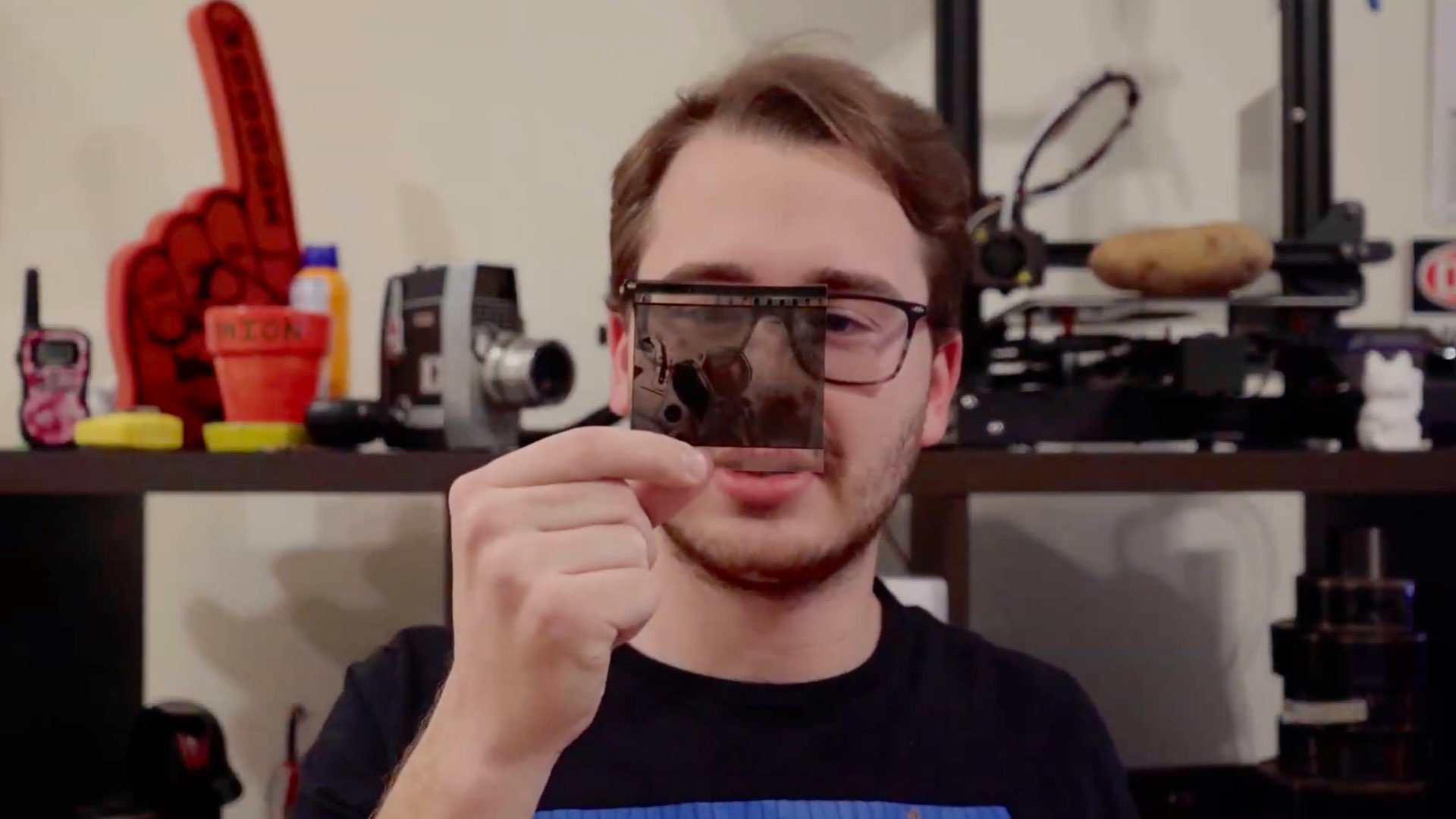
Getting financing presents the same challenges as does any independent filmmaking, with some wrinkles unique to the world of the 15/70 distribution and exhibition network. For example, 15/70 films typically enjoy unusually long runs, compared with most 35mm films and particularly compared with other theatrical documentaries. The institutional theatres (museums, science centers, cultural centers, etc.) typically exhibit just two or three films per year. More and more commercial exhibitors are adding IMAX theatres to their multiplexes and as a result, the demand for more commercially viable products is increasing. If a film fails theatrically, there are few subsidiary markets such as videocassettes or pay TV to augment the revenue stream”. All of these factors are defined (by the guide) as the “IMAX Factor”, as stated: “Some filmmakers joke about the “IMAX factor.” They’re referring to the aspects of working in 15/70 that are noticeably more cumbersome, slow, and/or expensive than 35mm or video. At the same time, of course, most of them can’t wait to do another 15/70 project, because they’re hooked on the results. Many filmmakers also come to love the cameras, which are proven, rugged pieces of equipment that have been used in remarkably challenging situations, including their essentially flawless performance on 14 space shuttle missions and their recent journey to the top of Everest”.
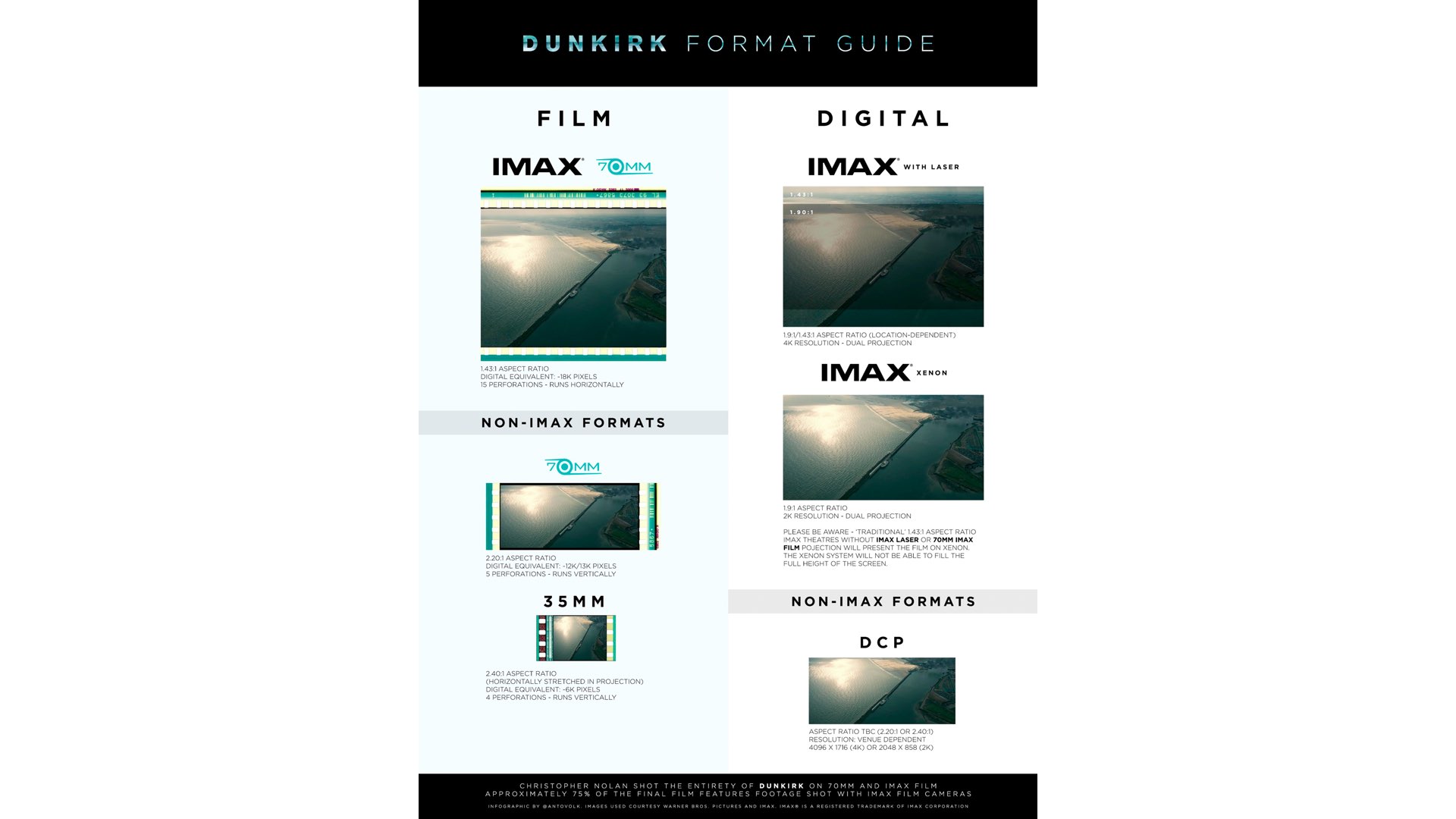
‘New’ IMAX cameras
The guide is also referring to the possibility of developing new IMAX cameras. Again, note that the guide was written in 1999, before the digital age. The IMAX-Certified digital cinema cameras were developed about 20 years later and beyond (RED V-Raptor/Monstro, ARRI ALEXA LF/Mini LF/65), Panavision DXL2, Sony VENICE). Moreover, just a year ago, IMAX announced a new fleet of 2nd generation of 15/70 film cameras. Nevertheless, it’s interesting to reveal the quoted sentence from the guide added by director David Breashears, “As a filmmaker, one of the most important things is reliability, and 15/70 cameras are on the whole astoundingly reliable, tough, and adaptable. In many cases, 15/70 films will continue to be made in remote locations, where the cost of breakdowns is very high, so, for example, making the cameras lighter, though a good idea, is only desirable to the extent that it doesn’t reduce reliability…Breashears also appreciates that “there are teams of people who will come up with all sorts of ways to improve the cameras as filmmakers demand new ways of filming things. As a medium, The IMAX Experience® is still being developed, and the people who are designing equipment are still closely involved in the process of filmmaking”.
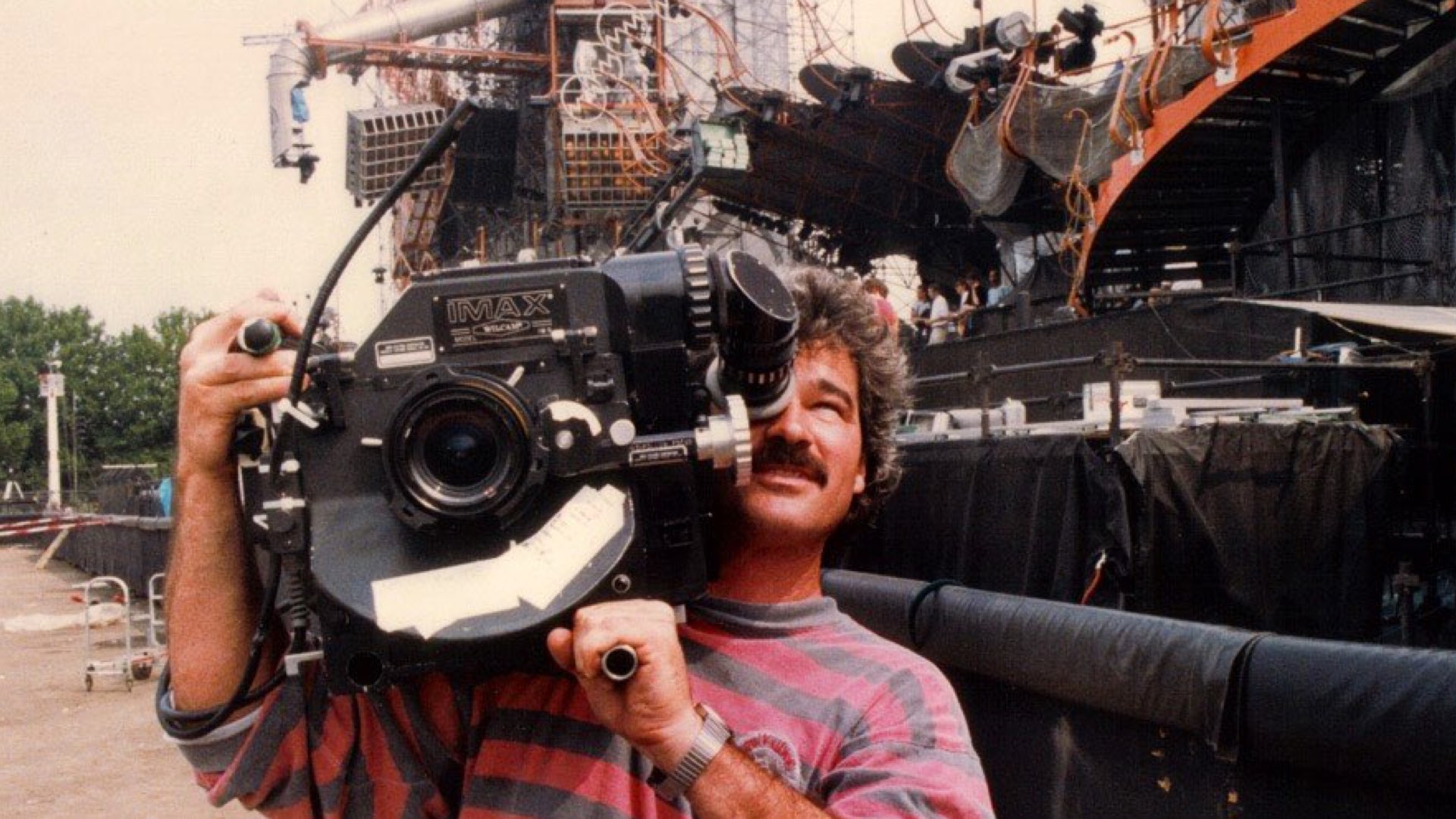
Framing = budget
The guide mentions that the cost of an IMAX project will be significantly higher, not just because of the film stock and cameras, but also because of the much bigger frame: “Framing considerations can affect everything from your budget to how you conceive a particular scene. For example, imagine shooting an exterior shot of a woman looking out the window of a train that is moving through the countryside. To show the emotion on her face, using 35mm you could frame the shot to include only the window. Theoretically, you could get this shot using only the woman and a window. With conventional 70mm film, you would need to shoot the whole rail car, but would still see the emotion on the woman’s face as she looks out the window. With the 15/70 film, you would see the whole train moving through the countryside, the mountains, and the sky, and the audience would still be able to see the expression on the woman’s face as she looks out the window. Accordingly, you’ll need to budget for an entire train at an exterior location, a moving shot following the train, and enough time to wait for the right light”.
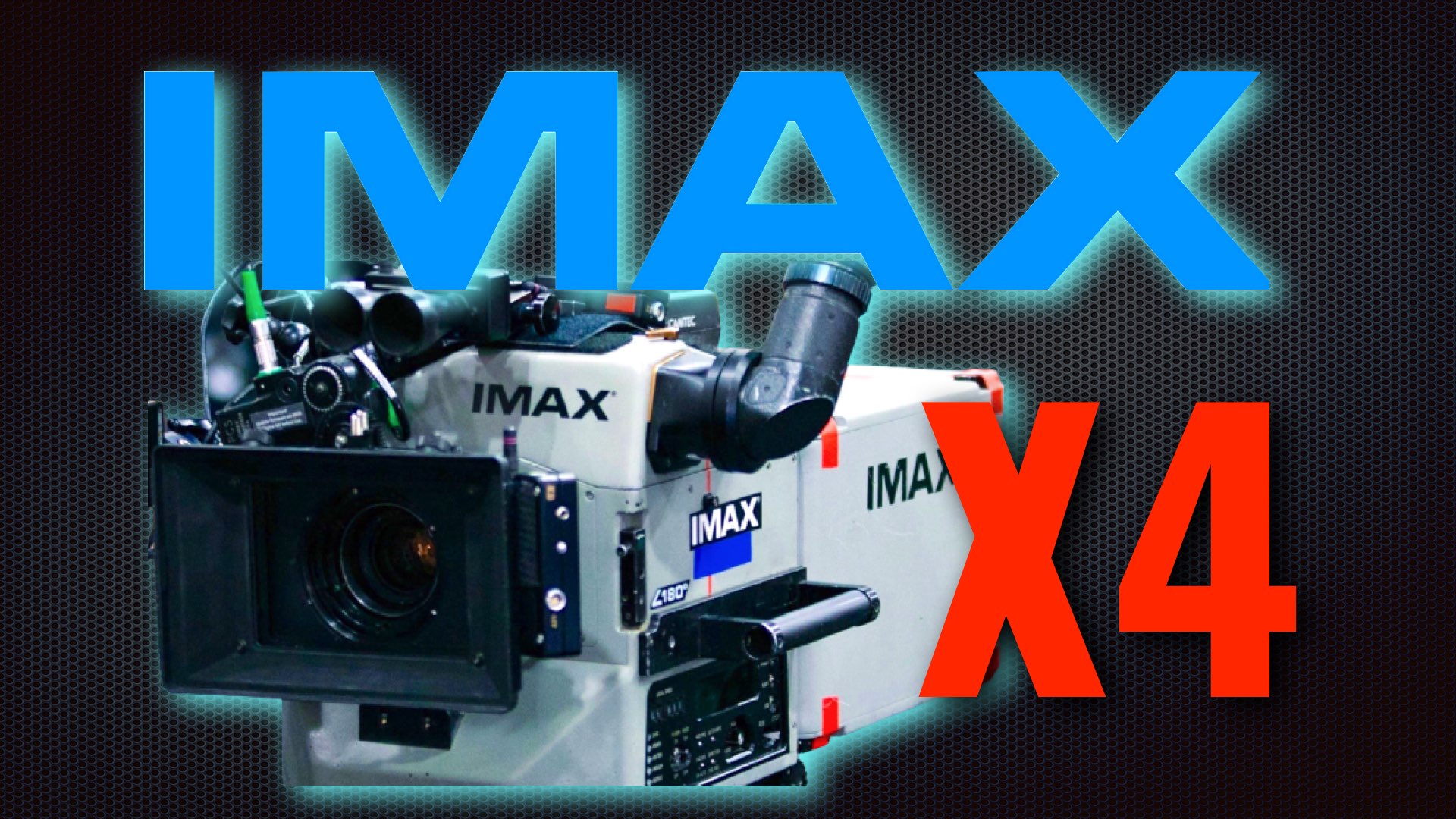
Lensing
In continuing to the last debate, we can surely say that IMAX cameras demand a dedicated lensing solution. The guide refers to that and states: “You need to understand the lenses and how much they see. Then, you must appreciate how the images affect the audience when projected on such a large screen. The challenge is to develop the proper language to tell your story. A 35mm filmmaker will bring enormous skills to the game, but he or she must be open to adapting those skills to this format. It’s not hard, but you need to be open and receptive to learn it, which only saves time and money”. These times we have large format lenses that can cover a huge portion of medium format sensors”. Also, IMAX cameras are frequently paired with Hasselblad lenses, for the same reason. The guide adds that: “While film stocks and lens technology have improved over the years, the very nature of the lenses used in large format cinematography is such that more light is required in order to achieve the depth of field levels that are equivalent to comparable set-ups in 35mm filmmaking. But it’s hard to position and hide the lights; they have to be behind the lens or entirely blocked by something in the shot. Lighting packages can be three to 10 times as large as conventional lighting packages for a similar sequence”. But again, in the modern age,, we have a lot of large format glass options, and with the help of expanders, the 15/70 can be covered appropriately.

Camera noise & run times
It’s not a secret that IMAX cameras were not designed to film dialogs. They are noisy machines. The reason for that is the huge film stock vacuumed to move super fast inside that big box. That will significantly affect the noise and running times of the film. Here’s some math explained by the guide: “The IMAX camera is considerably louder than, say, an Arriflex 35mm camera. While an effective blimp is available for 2D, the blimped camera weighs 275 lbs. That means there is very little useable sync sound, and none in 3D. Using a barney can allow some sync or location sound in 2D. Camera noise can affect the behavior of wildlife subjects, by either scaring them away or changing their behavior. Says Michael Caulfield, the director of Africa’s Elephant Kingdom, “You get a lot of portraits of dumbfounded animals staring at the camera. You never know how each species will react.” Similarly, the camera noise can distract actors and cause non-actors to be intimidated. Run times are much shorter for 15/70. At 24 fps., 1000 feet of the film will run through the camera in three minutes. With 3D, you are looking at 2000’ exposed in three minutes”. Also, there’s a tip for the size of the mag, stating: “Due to the large frame size, the film travels at a rate of 336 ft per minute compared to 90-ft. per minute for 35mm film. As a result, to keep magazines at a physically manageable size, a standard film load is only 1000 feet or three minutes of running time. A few models of our cameras have larger mags available, although they naturally make the camera bulkier. (The 2500-ft. mags make a great deal of sense in the underwater housing, and the cargo-bay camera used on the space shuttle uses 3,500-foot mags, both for obvious reasons.)”. Interesting! Some directors will say that: “Three minutes is a long time to get a good take. The problem is related to reloading. It’s that five to 10 minutes of reloading that kills you.” (It takes closer to 20 minutes to reload the IMAX 3D camera.). So there you get the numbers: 3 minutes of shooting (in 24 fps), and 10 minutes of reloading time!
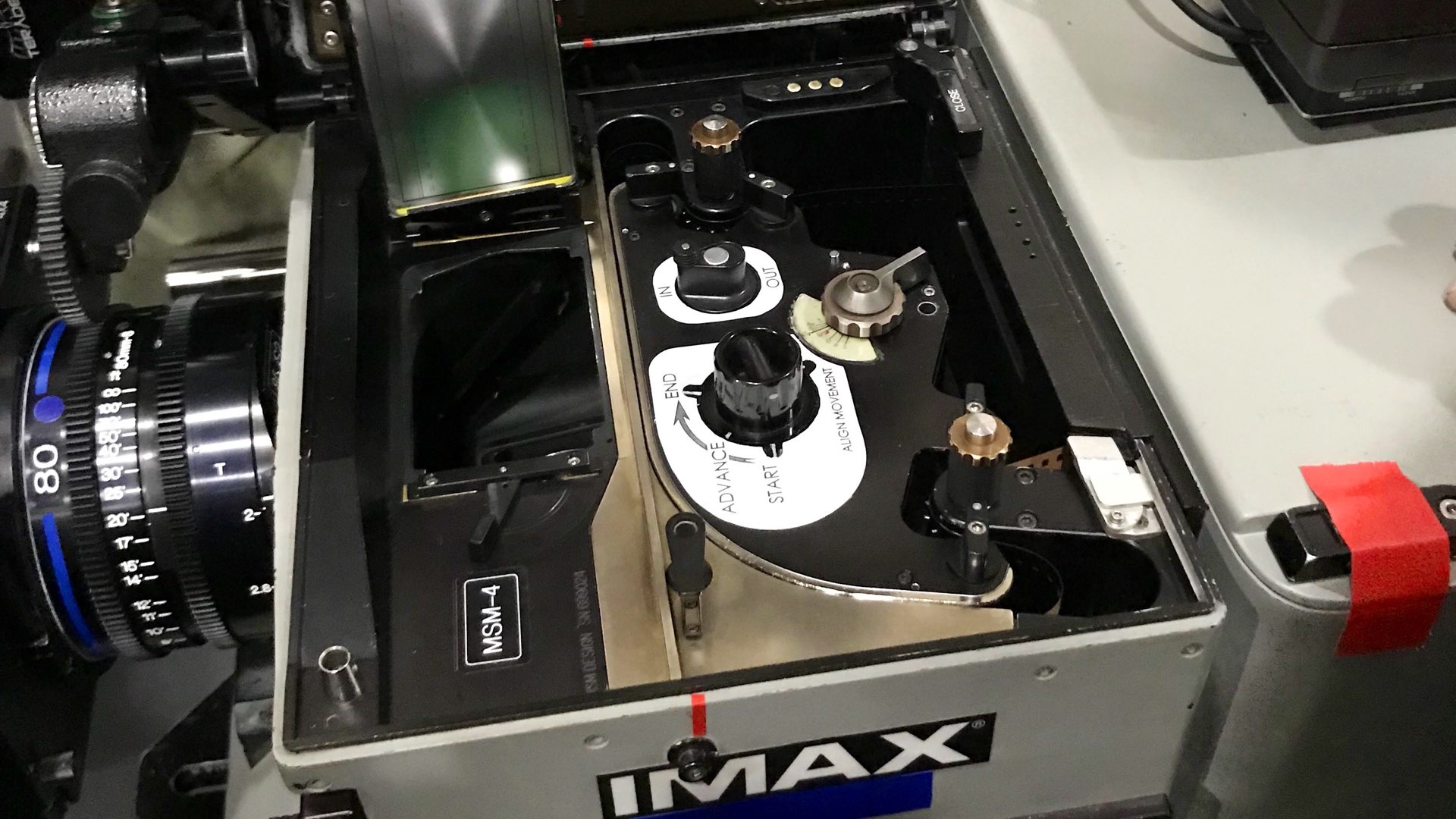
Conclusions and thoughts
As explained and mentioned before — this is an IMAX guide from 1999. Many things have changed and many haven’t. When you read this, you understand the scarify top-notch filmmakers need to make in order to shoot on IMAX film cameras. Also, you understand why filmmakers (also top-notch) are choosing to shoot with the much more forgiving solution (IMAX-certified digital cameras). Furthermore, keep in mind that in 1999 they were many theaters that screened the film format of 15/70. That’s pretty rare nowadays. Luckily, there will be a few selected theaters that will screen the upcoming Oppenheimer in 15/70 format. Unfortunately, these are very few. Most of the IMAX projectors were replaced with digital. Nevertheless, IMAX film cameras remained the cameras with the best overall image quality. Shooting with those cameras is now a niche for super directors and cinematographers (Nolan, Pelle, Hoyte Van Hoytema, and a few more). All the rest are using high-end IMAX-certified cameras. Let’s hope that with the birth of the new fleet, this will change, and more 17/50 magic will come to the huge canvas.



